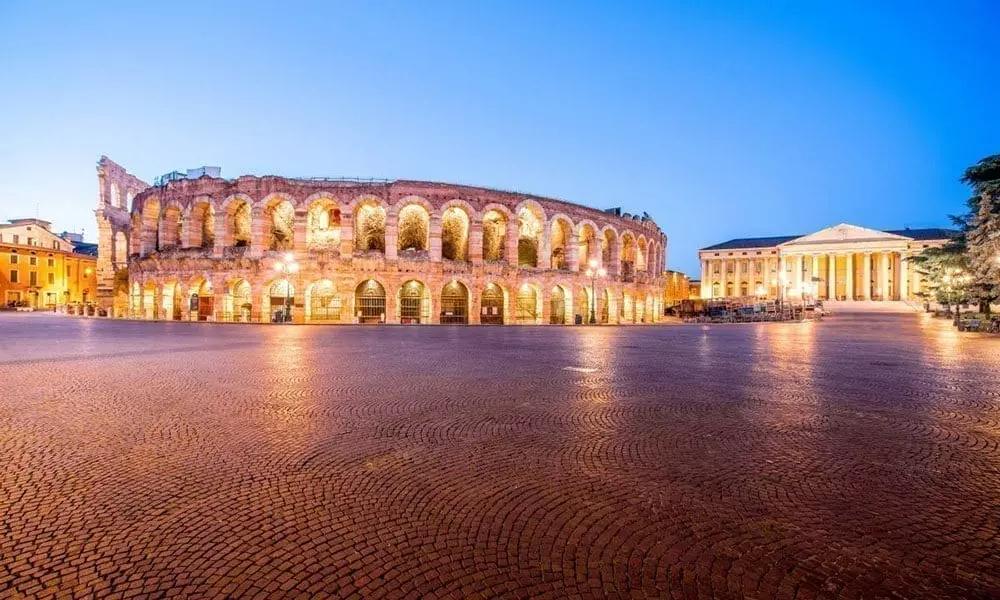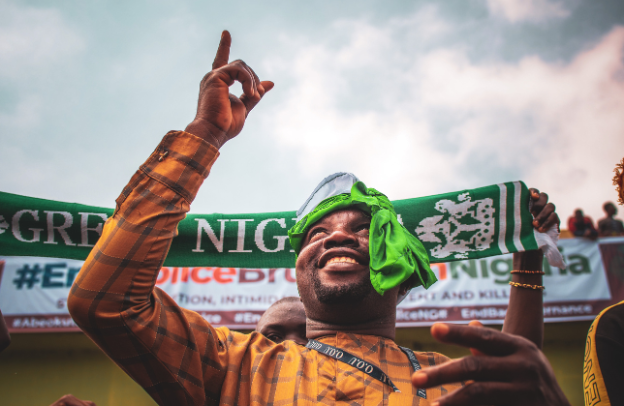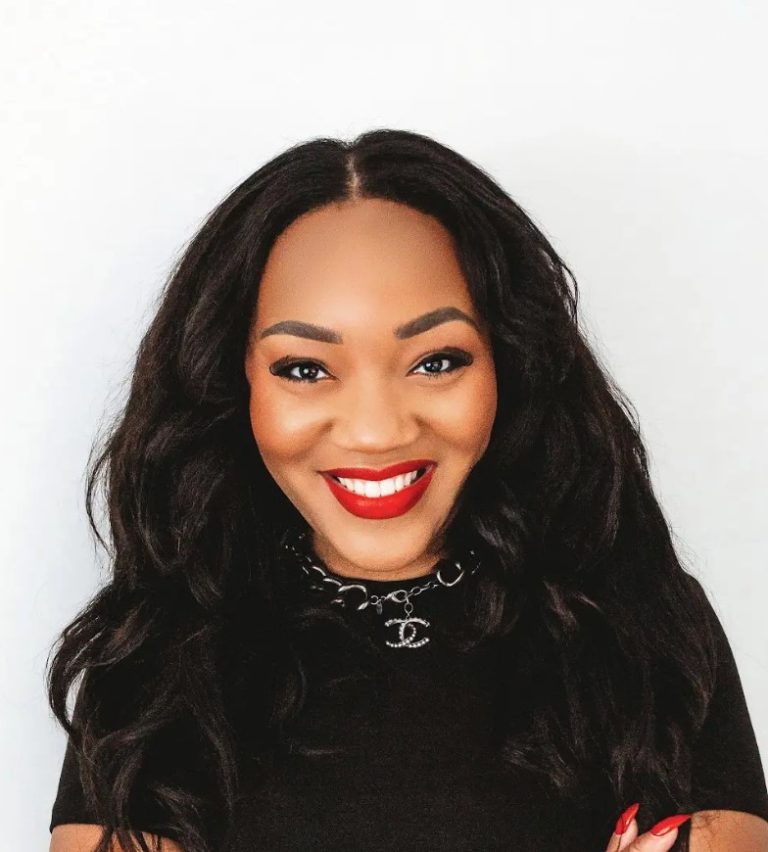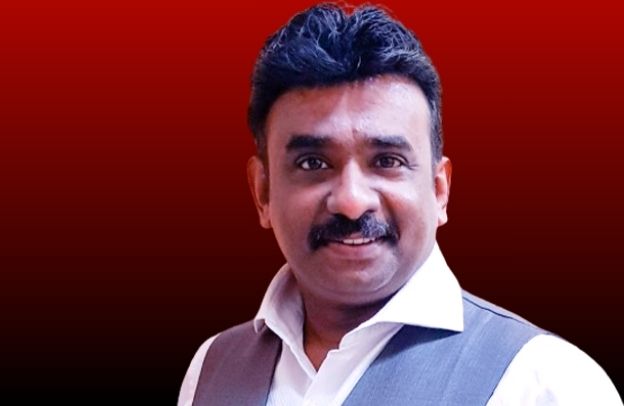Obehi Ewanfoh: 3 Lessons from My 10-Year Research on Building a Legacy from Scratch

When I first arrived in Verona from Nigeria over 20 years ago, the first thing I felt was… silence. It was a strange, heavy silence. I was in a city that was thousands of years old, surrounded by history, but I couldn’t find my history in it. Or the history of people who looked like me. I was untethered. I felt like I was walking among ghosts.
Learn How to Leverage Your Story through our Story To Asset Framework.
This feeling sparked a deep, nagging curiosity. Who were the first Africans in this city of Verona? How did they get here? What was their story? How did they build a life from nothing?
This curiosity became an obsession. It launched me on a 10-year, boots-on-the-ground research project called “The Journey.” I spent a decade of my life in the kitchens, living rooms, and workshops of the African diaspora in Northern Italy, with a camera and a notebook, just… listening.
I wasn’t a consultant back then. I was gathering information. I was a filmmaker. I was just a deeply curious young man trying to find a set of blueprints. What I didn’t know was that in finding their stories, I was accidentally building the blueprint for my life’s work.
I set out to build an archive, but I ended up building a framework. It’s the same Story to Asset Framework™ I use today, and it’s built on three core lessons, lessons I had to learn the hard way, from scratch.
If you are a founder, especially a diaspora founder, you are also building a legacy from scratch. This is your journey, too.
Lesson 1: Your Legacy is Already There. It’s Just Fragmented.
When I started “The Journey,” I thought I was looking for big, epic legends. I wasn’t. What I found were fragments.
I found a faded black-and-white photograph in one man’s wallet. I found a painful memory of a priest’s rejection in a woman’s voice. I found a story of a small, triumphant moment in a poet’s notebook.
No one had a “polished brand story.” Their legacy was a jumble of 100 scattered, disconnected pieces. Their power was locked away because no one had ever sat down and asked them to connect the dots.
Does this sound familiar?
As a founder, you are brilliant. But your “why” is trapped in your head. It’s that story about your grandfather, that time you failed in your first business, that core value you’d never compromise. It’s all there, but it’s fragmented.
You might also like How Karen Blackett Is Building a Legacy That Outlasts Her Titles
The Lesson: A legacy isn’t invented. It’s excavated. Before you can build, you must do the deep-dive work of “Mission Clarification.” You must find all those fragments and forge them into a single, powerful “golden thread.”
Lesson 2: A Story is Just Air. An Asset is a Tool.
For the first few years, I was just a man with a notebook full of stories. I could tell you about the diaspora experience, but I couldn’t show you. The stories were still just air. They had no weight. They couldn’t travel.
The game changed when I stopped being just a collector and became a craftsman. I took those fragmented stories and forged them into tangible, high-value assets. I wrote the books. I produced the documentaries.
This is the “Message CRAFTING” phase.
The moment I had a book to put in a professor’s hand, or a film to screen at the University of Verona, the entire dynamic shifted.
I was no longer a “guy with an idea.” I was an authority. The asset was a key that opened doors I couldn’t. It was a tool that commanded respect. It was an immortal vessel for the stories.
The Lesson: Your brilliant, clarified “why” is useless if it only lives in your head. A story you can’t touch, see, or share is not a legacy; it’s just a memory. You must forge that story into a Legacy Book or a Legacy Film. You must give it weight. You must make it real.
Lesson 3: A Legacy Isn’t Archived. It’s Activated.
Okay, so I had my books and my films. I could have just put them on my shelf, a proud historian with a completed project.
But a legacy isn’t a museum piece. It’s not meant to gather dust. It’s meant to work. I had to activate these assets.
I organized the “We Refugees – Verona 2016” conference, bringing asylum seekers, academics, and locals into one room. I used the films to spark the conversation. I used the books to anchor the dialogue.
This is the “Message ACTIVATION” phase.
The assets became an engine. They did the work for me. They built the community. They established the authority. They proved the mission, far beyond my own two hands. They were alive.
The Lesson: That beautiful Legacy Book or Film you create is not the end of the process; it’s the beginning. It is the “mother” asset. It’s the engine of your marketing, your sales, and your brand for the next 10 years. A legacy is not something you build and admire; it’s something you activate and deploy.
From My Journey to Yours
I didn’t set out to become a legacy consultant. I had to become one because I had to live this process, from scratch, for my own community. My 10-year research project was my 10-year apprenticeship.
The Story to Asset Framework™ isn’t a theory I invented. It’s the process I lived. I am not just a consultant; I am a historian and practitioner of the very journey you are on right now.
You are building a legacy from scratch. You, too, are a “first-generation” historian for your family and your business.
You don’t have to spend 10 years figuring it out. The blueprint is already here. Let’s sit down. Let’s not just tell your story. Let’s forge it.
Learn How to Leverage Your Story through our Story To Asset Framework.






